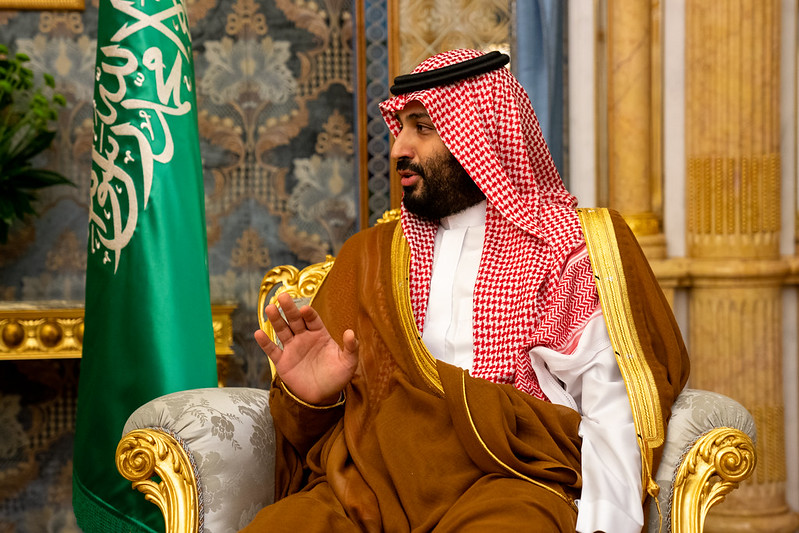
In a bid to explain the scale of the massive project he is overseeing in Riyadh, Jerry Inzerillo points through his office window at the forest of cranes towering over a construction site. Around 80 are there now, but “we’ll have 275 cranes by 2027,” says Inzerillo. “Last year, we poured 500,000 cubic metres of concrete.” The New Yorker, a veteran of the hospitality industry, is now chief executive of the $65bn Diriyah Gate project, a high-end, retail, residential and cultural development beginning to take shape on the outskirts of the kingdom’s capital. […]
Diriyah is one of five so-called “giga-projects”, being developed by the Public Investment Fund that are deemed vital to Crown Prince Mohammed bin Salman’s “Vision 2030” drive to modernise the kingdom, reduce its addiction to oil revenues and project it on the global stage.
They have been at the core of a frenzy of activity led by the PIF that has transformed the once conservative kingdom into one of the world’s largest construction sites and a magnet for international consultants and contractors. […]
“In the short term, they’ve got a very strong balance sheet, so even if oil prices go lower they will take a hit, but they can handle it,” says a Gulf-based economist. “But if prices are cruising along at $60 a barrel rather than cruising along at $80, that makes quite a difference.” […]
The Saudis’ conundrum, says Farouk Soussa at Goldman Sachs, is that weaning the economy off oil requires massive spending in petrodollars.
“The transition to a more diversified economy will be lengthy and costly and hugely dependent on oil revenues,” he says. “They have some way to go in that transition and the fear is that if they take their foot off the gas on the investments at this stage, they end up with an economy that doesn’t look that dissimilar to how it was 20 years ago.”
“They are in a rush, but it’s a very hard destination to reach, and its going to take more than just investment to get there,” he adds.
Read more here.




